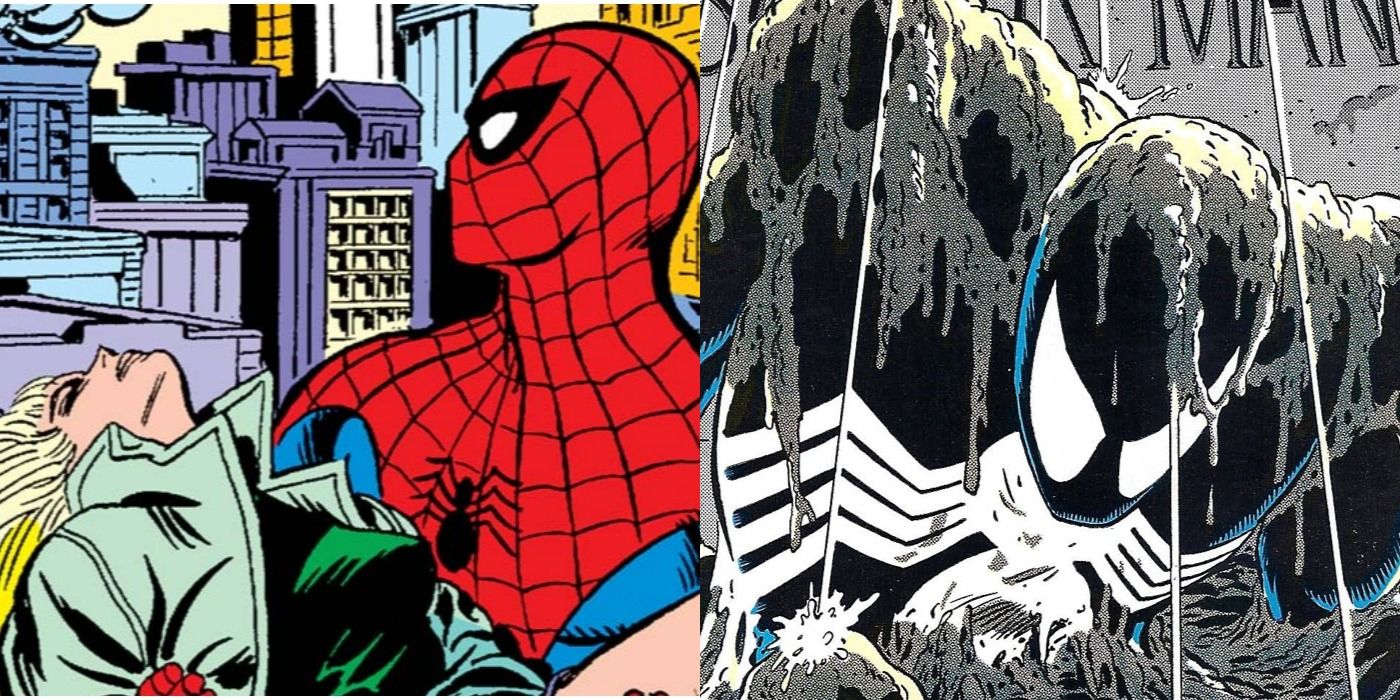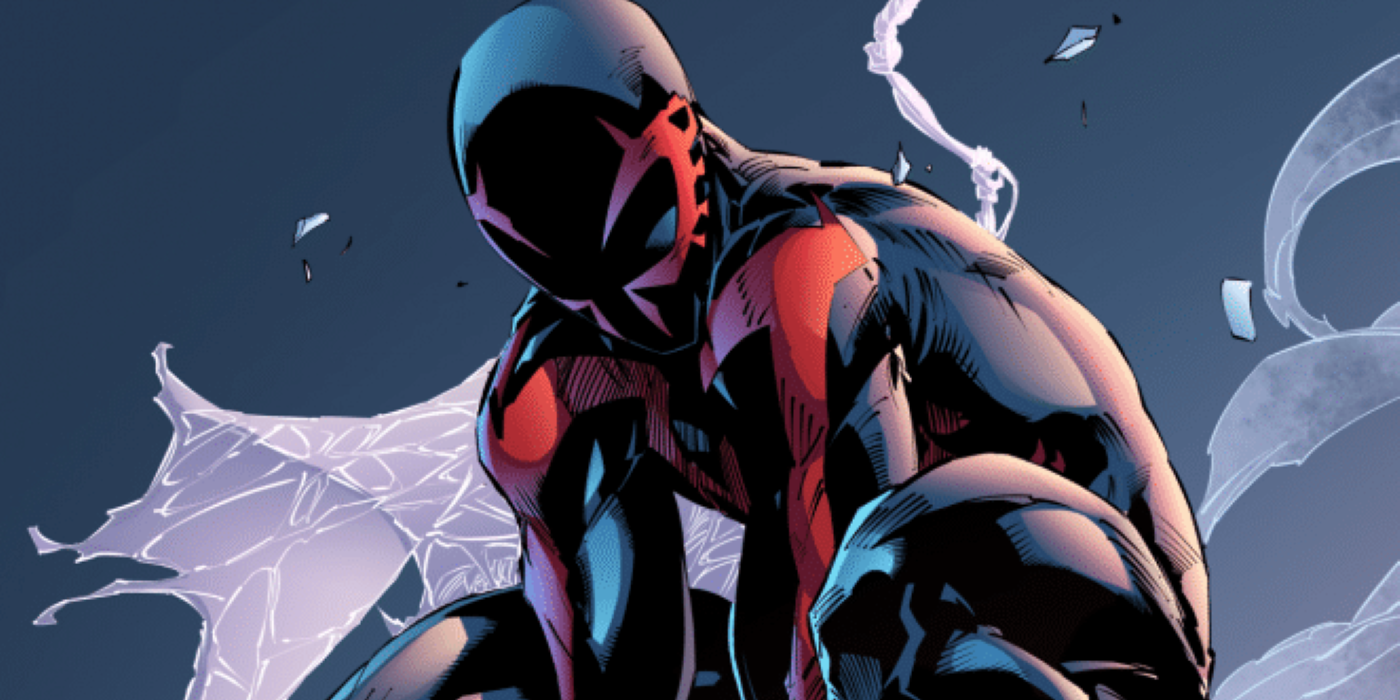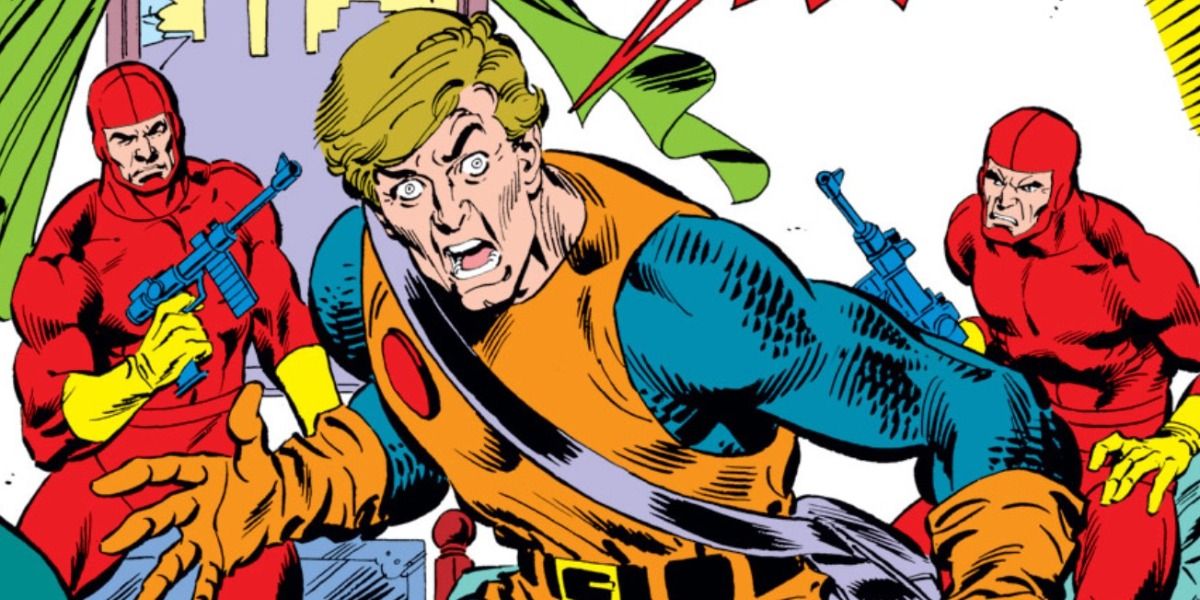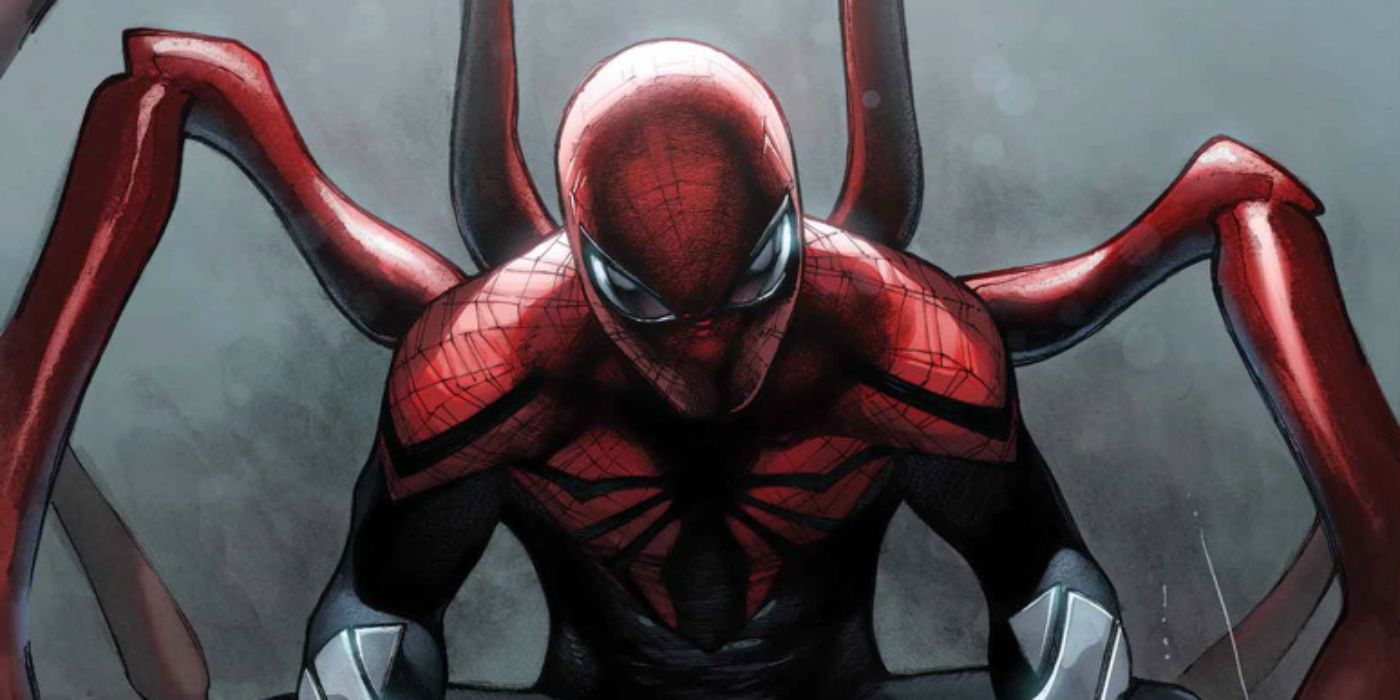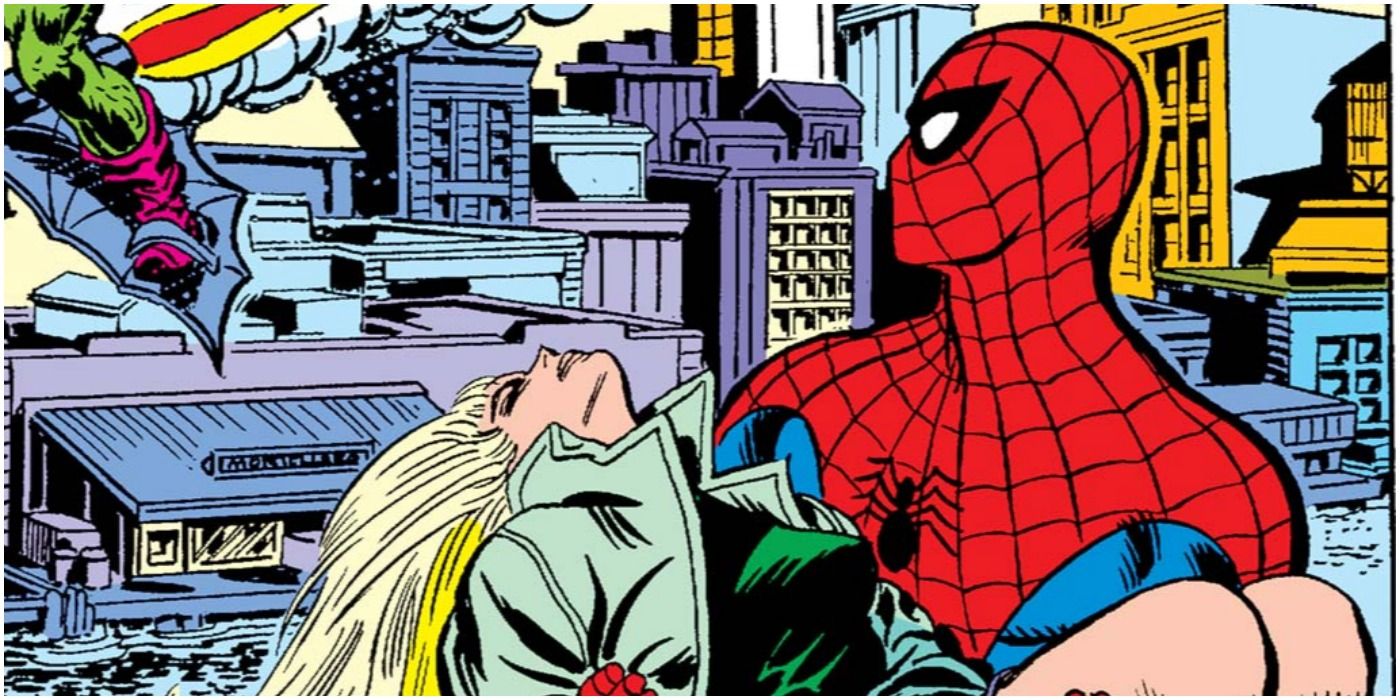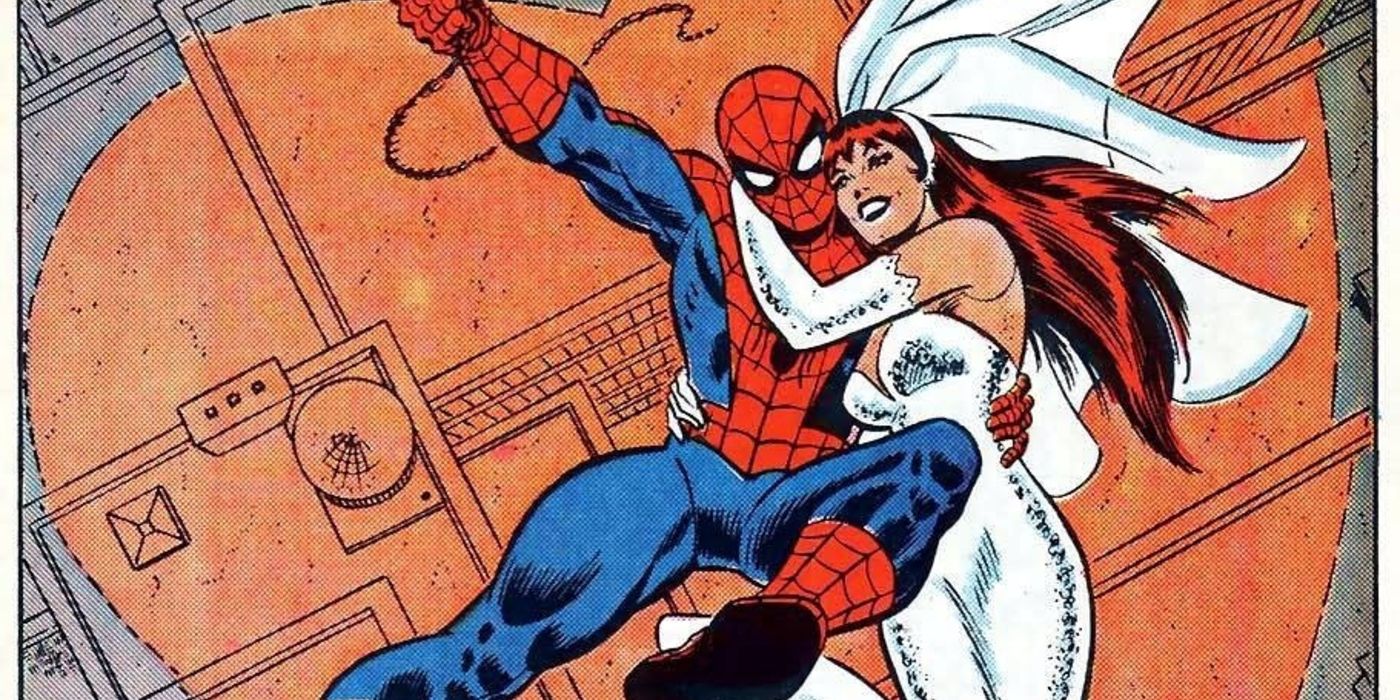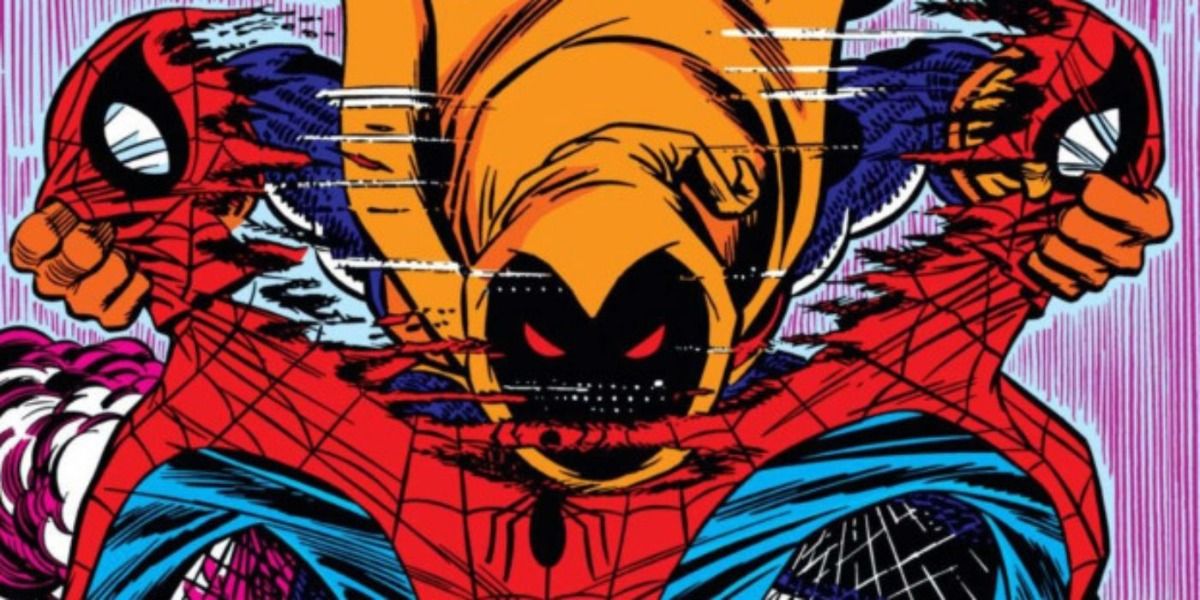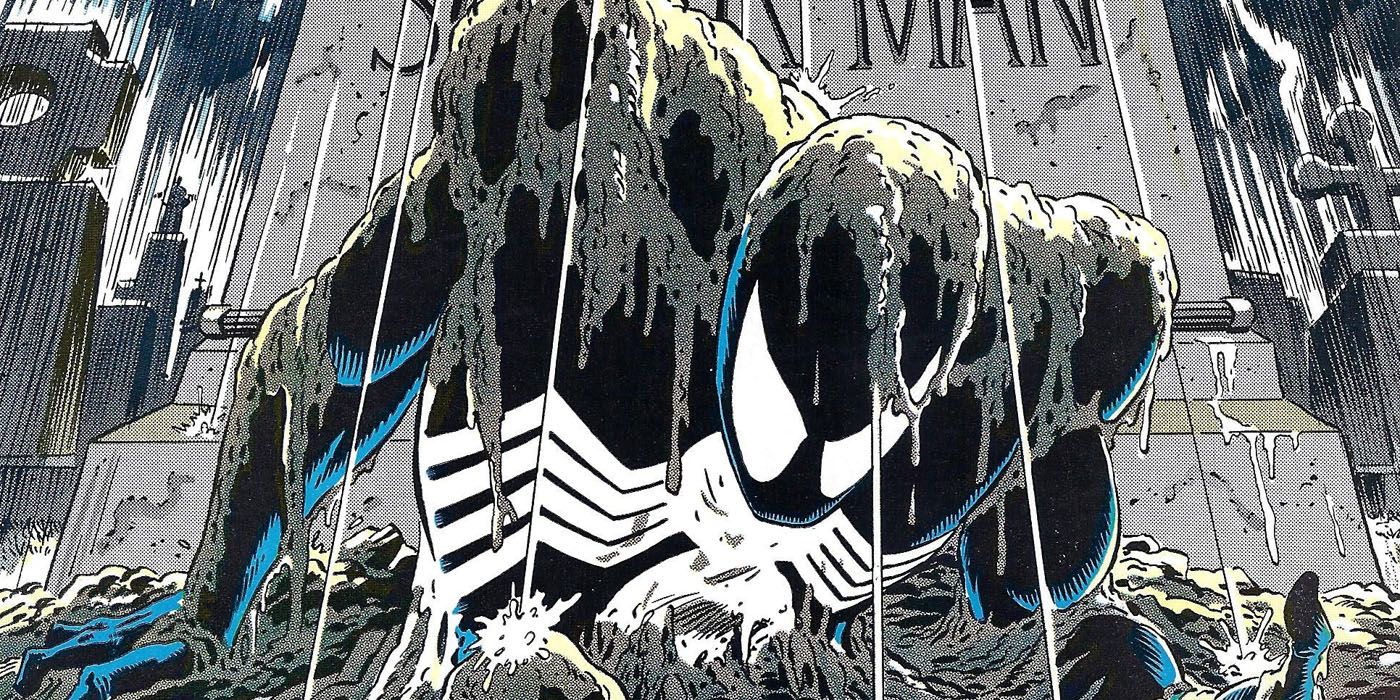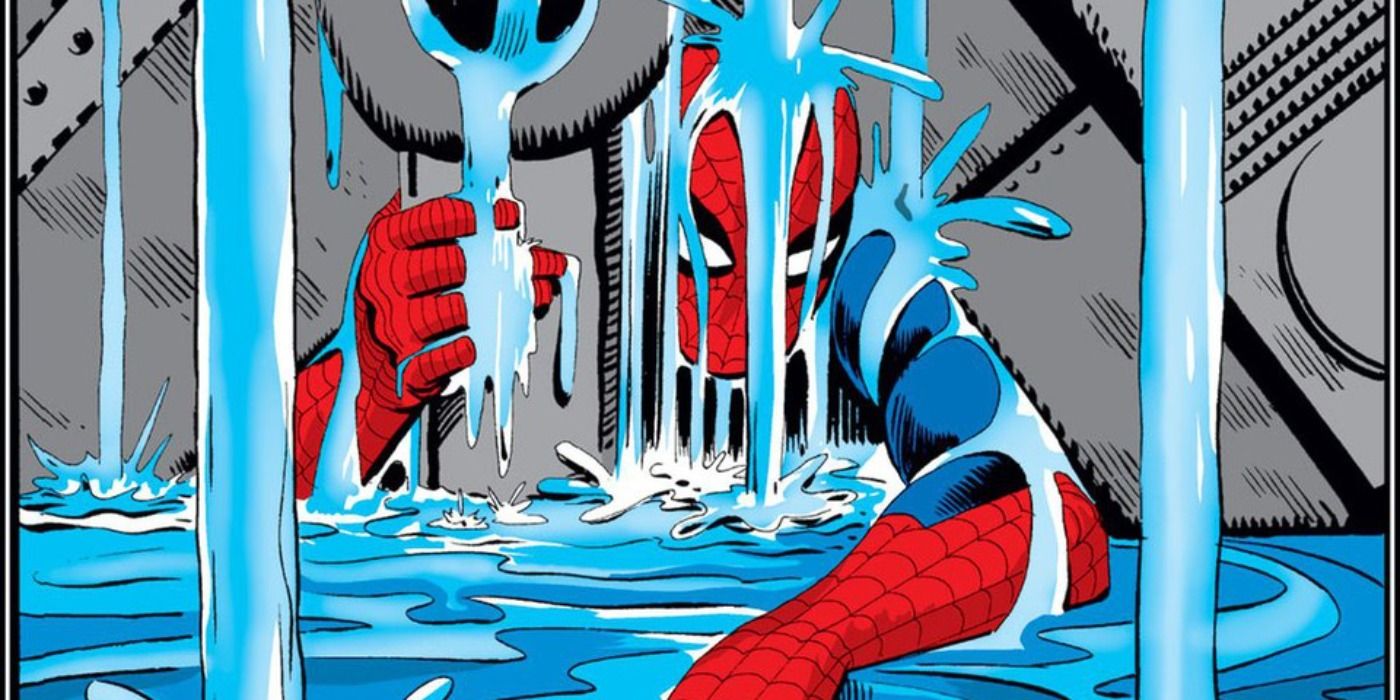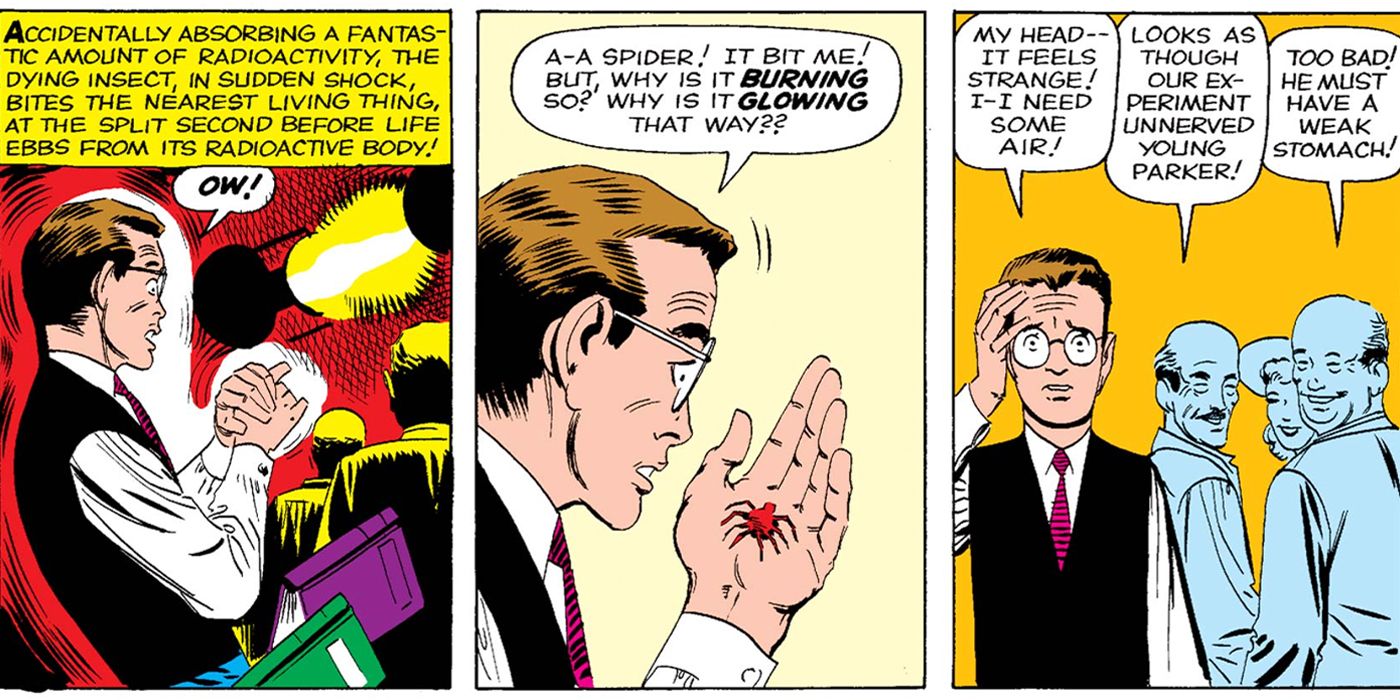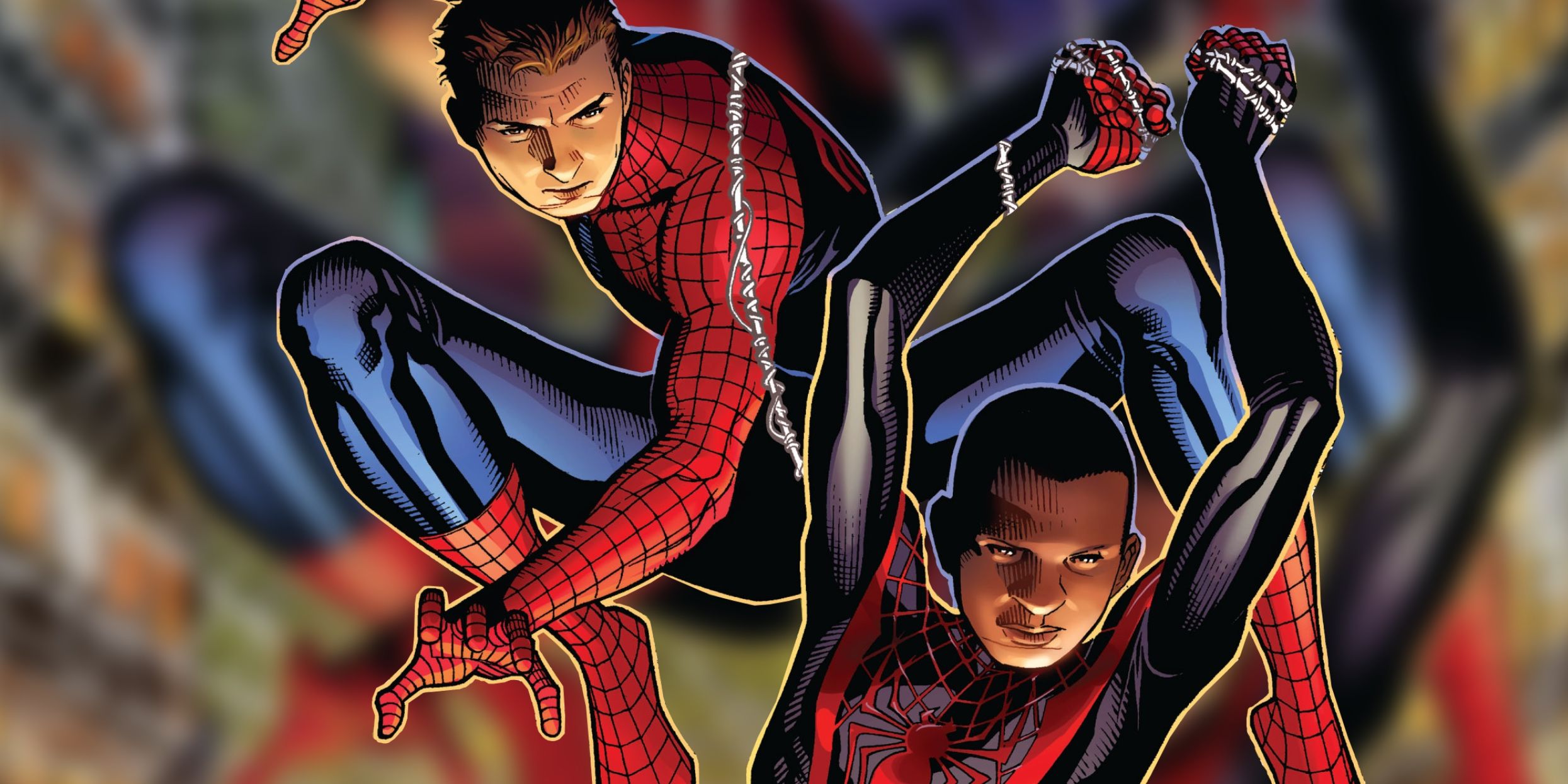With the upcoming release of Spider-Man: No Way Home, fans are looking back to classic Spider-Man runs for clues on the outcome of the movie. Many of the past Spider-Man movies have drawn from some of the best comic book runs of the character, written by some of the best writers to work in Marvel Comics.
From Stan Lee to Brian Michael Bendis, Spider-Man has been defined for every era by writers who both kept the beloved character close to his roots and also moved him into the future. The multiverse further defined the hero and broadened out the scope of great writers who put their stamp on not just Spider-Man, but his entire mythos.
P
Peter David is a prolific writer primarily known for his epic run on The Incredible Hulk in the late '80s, but he was instrumental in establishing one of the first pillars of the Spider-Verse. He introduced Miguel O'Hara, Spider-Man 2099, who serves as the Wall-Crawler in one of Marvel Comics' darkest future timelines. David's trademark wit and imagination were key in establishing one of the first significant variants of Spider-Man in the comics and opened the door to an infinite Spider-Verse that is now making its way into the movies.
Tom DeFalco
Tom DeFalco was a longtime Marvel Comics writer and editor who had a long, key run on The Amazing Spider-Man in the '80s. He wrote The Amazing Spider-Man #251-285 as well as Spectacular Spider-Man #215-229. His most significant contributions during this period were introducing Spider-Man in his iconic black suit, which comic book fans know would become Venom, as well as the revelation that Ned Leeds was the Hobgoblin. Years later, he would create Spider-Girl, Peter Parker's daughter from the MC2 universe.
Dan Slott
Dan Slott is responsible for some of the best Spider-Man comic book issues of the 2010s, and some of the most consequential. He killed Peter Parker and replaced him with Doctor Octopus in Parker's body as the Superior Spider-Man. Slott's take on the character was fascinating in exploring the concept of Spider-Man outside of Peter Parker, more and more important all the time thanks to the multiverse concept. Slott also depicted the storyline of Flash Thompson as Agent Venom, humanizing the once shallow character a great deal in the process.
Gerry Conway
Gerry Conway is a significant writer in Spider-Man's history for many reasons. He is the writer who killed off Gwen Stacy, one of the most shocking deaths in Marvel Comics. He also killed the Green Goblin immediately after, all part of a very consequential run on The Amazing Spider-Man #111-149. Conway's willingness to make hard choices and stick to them defines his run and in many ways Spider-Man. Though recent events have undone those deaths in some ways, their impact remains intact both to Spider-Man and his longtime fans.
David Michelinie
David Michelinie's run on Spider-Man was enormously significant in the history of the character for introducing Venom, who has become one of the most important characters in Marvel Comics history. Venom begat Carnage, but the debut of the symbiotes villains wasn't the only major contribution he made.
Michelinie also married Peter Parker and Mary Jane in Amazing Spider-Man Annual #21, a major event that was later undone during the One More Day event in the '00s. Despite this, Michelinie remains a major factor in the development of the modern Spider-Man as he transformed Peter from an immature college student to a more responsible young man who dealt with the gravity of marriage and saving the world with equal aplomb.
Roger Stern
Roger Stern had a major run on Spider-Man in the '80s that produced some of his most iconic moments. Key among these is Stern's long-running mystery about the identity of the Hobgoblin. The trope of the ongoing mystery has since become an essential part of most comics and certainly the MCU. During his lengthy run on a number of Spider-Man titles, Stern also wrote "The Kid Who Collects Spider-Man," one of the most well-remembered stories and one of the best Spider-Man issues of the '80s.
J. M. DeMatteis
J. M. DeMatteis is responsible for one of the best Spider-Man stories of all time, "Kraven's Last Hunt." This major crossover between numerous Spider-Man titles saw Spider-Man buried alive by Kraven, who would ultimately take his own life after failing to kill the Wall-Crawler. The dark, literary story is likely to play some role in the Kraven storyline in the movies. J. M. DeMatteis took Spider-Man to some dark places in the '80s, including the death of Aunt May, bending but not breaking a character that is primarily known for his determined optimism.
Steve Ditko
Steve Ditko co-created Spider-Man with Stan Lee, and he also co-wrote the first 34 issues of the comic. Ditko's stories would in many respects provide the template for the character for all future writers and artists. The beleaguered Peter Parker, who in Ditko's rendition was always thin and fallible, faced off against often enormous odds.
He fought against the Sinister Six, and in Amazing Spider-Man #33, overcomes being trapped underneath tons of machinery in a scene that inspired a moment in Spider-Man: Homecoming. Aided by his groundbreaking illustrations, Ditko was essential in developing Spider-Man's "Everyman" quality that makes him so relatable and popular to this day.
Stan Lee
Stan Lee co-created Spider-Man with artist Steve Ditko, and it's impossible to overstate his importance to the character's success. His focus on Peter Parker's daily, real-life challenges was in stark contrast to the generally infallible lives of other superheroes. He also introduced a parade of iconic Marvel Comics characters, including all of the members of the original Sinister Six: Doctor Octopus, Kraven, Electro, Mysterio, the Sandman, and the Vulture. Lee contributed to the foundation of Spider-Man and was integral to everything that followed, both in comics and in all the other media the character has prospered in.
Brian Michael Bendis
Brian Michael Bendis' run on Spider-Man is hugely significant in many ways. The Ultimate Comics version of the character not only brought him back to his high school student roots but updated his origin and adventures for the 21st century. The end result of this major run was the introduction of Miles Morales as a new version of Spider-Man. Miles has become a major part of the Marvel Universe in the comics and now in the movies (Spider-Man: Into the Spider-Verse) and video games (Marvel's Spider-Man). Bendis also brought Spider-Man onto the Avengers for the first time, foreshadowing his MCU affiliation with the team.

